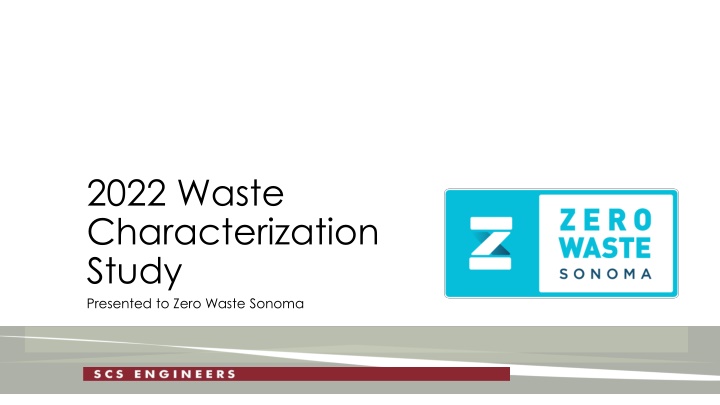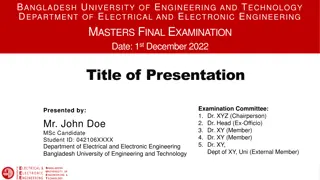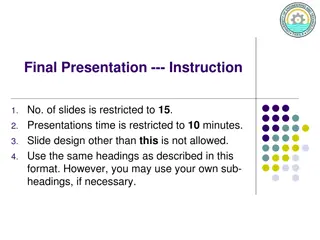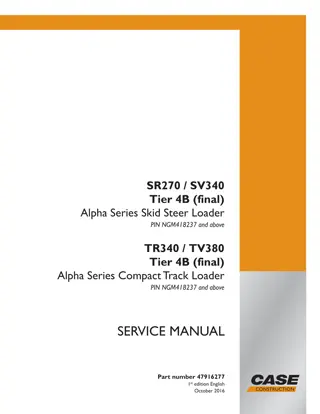
Waste Characterization Study 2022 Insights
The Waste Characterization Study presented to Zero Waste Sonoma in 2022 revealed important insights into residential, multi-family, commercial, and self-hauled waste composition. Key findings include significant changes in recyclables, compostables, and residue across different waste streams. The study included detailed data on top materials, percentage breakdowns, and trends between 2007 and 2022, highlighting areas for improvement in waste management practices.
Uploaded on | 0 Views
Download Presentation

Please find below an Image/Link to download the presentation.
The content on the website is provided AS IS for your information and personal use only. It may not be sold, licensed, or shared on other websites without obtaining consent from the author. If you encounter any issues during the download, it is possible that the publisher has removed the file from their server.
You are allowed to download the files provided on this website for personal or commercial use, subject to the condition that they are used lawfully. All files are the property of their respective owners.
The content on the website is provided AS IS for your information and personal use only. It may not be sold, licensed, or shared on other websites without obtaining consent from the author.
E N D
Presentation Transcript
2022 Waste Characterization Study Presented to Zero Waste Sonoma
Sampling Plan Study Included: 250 hand-sorted samples from residential and commercial sources 317 visually characterized samples from self-hauled waste 8 commercial generator types Assistance from Recology and Republic
Single Family Residential Waste (2022) Top Materials: Food Waste 32.8% Residue 20.0% Organics 12.2% Plastic 12.0%
Single Family Residential Waste: Changes between 2007 and 2022 Biggest Changes: Recyclables decrease from 26.1% (2014) to 15.4% (2022) Compostables up to near 2007 levels of 44.4% C&D at all time lows Residue now makes up over 30%
Multi-Family Residential Waste (2022) Top Materials: Food Waste 26.5% Residue 19.6% Plastic 10.8% Paper 10.3%
Multi-Family Residential Waste: Changes between 2007 and 2022 Biggest Changes: Recyclables decrease from 33.8% (2014) to 17.9% (2022) Compostables up 5.5% C&D composition increase Residue makes up same composition of stream
Commercial Waste (2022) Top Materials: Food Waste 25.3% Plastic 16.1% Organics 13.9% Paper 13.0%
Commercial Waste: Changes between 2014 and 2022 Biggest Changes: Recyclables decrease from 32.4% (2014) to 17.1% (2022) Compostables overall composition increase by 4.6%, possibly explained by decrease in recyclables
Self-Hauled Waste (2022) Food, 0.5% Paper, 0.7% Other, 71.9% Glass, 1.9% Divertible, 23.5% Plastic, 2.1% Other Organics, 2.7% Hazardous & E- Waste, 3.3% Residue, 50.5% Metal, 4.6% Compostable, 3.1% Special, 5.3% Potentially Divertible 1.4% Top Materials: Mixed Residue 50.0% C&D 28.5% NOTE: Mixed Residue may contain divertible materials Construction & Demolition, 28.5%
Commercial Waste by Source Notable Differences: C&Dhigh for Manufacturers Office, Grocery, and Healthcare have more recyclable paper Compostable waste prevalent in Food Service and Education



















